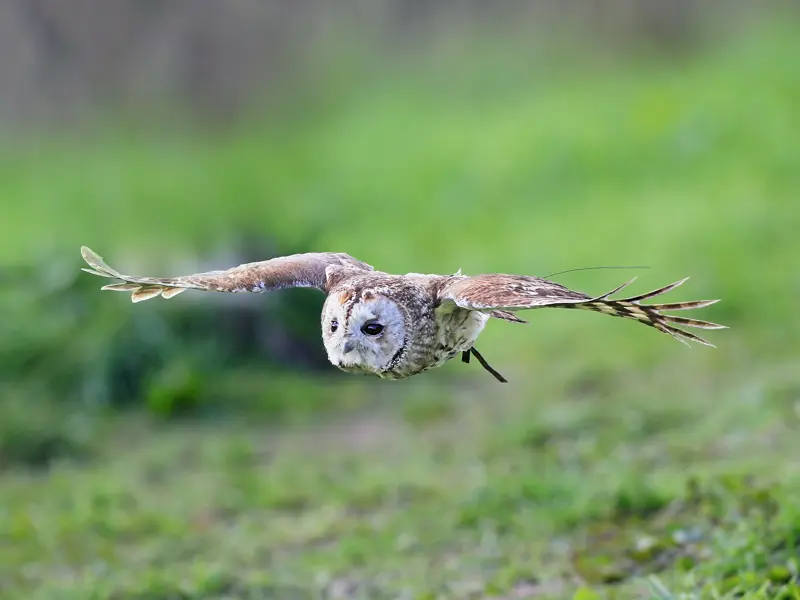“No one will protect what they don't care about; and no one will care about what they have never experienced.” — Sir David Attenborough

Tawny Owl
Fforest
Fforest joined The British Bird of Prey Centre in 2024 at two weeks of age. He is a cheeky member of the team and can always be heard calling for food in the morning when the falconers arrive!









